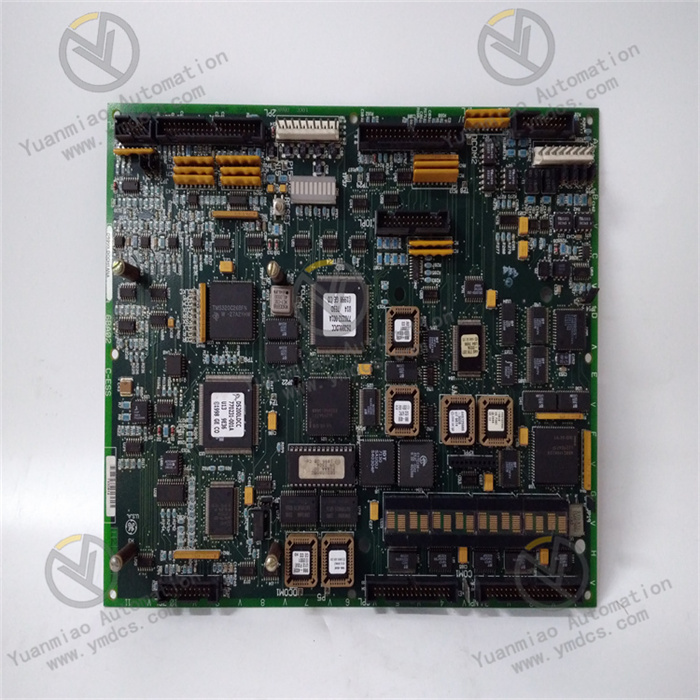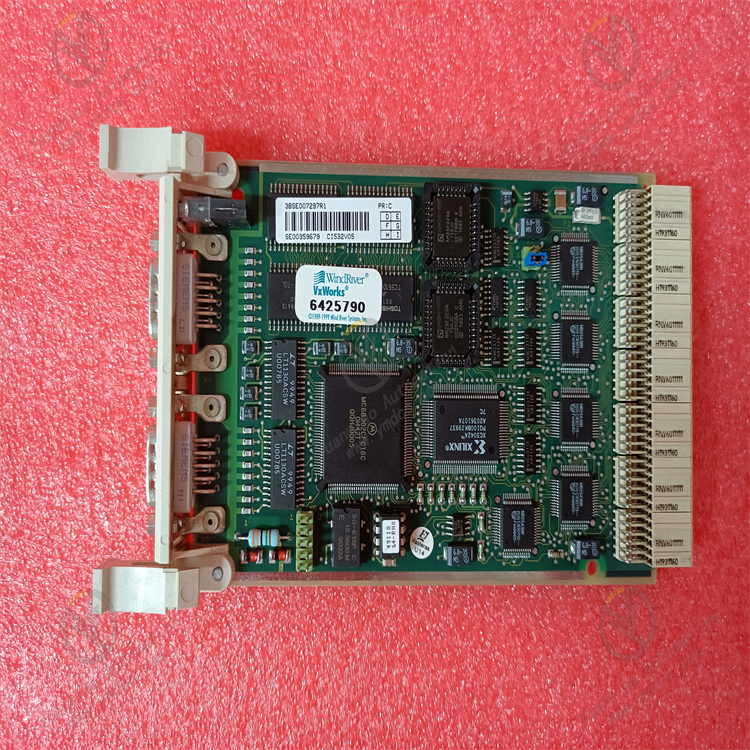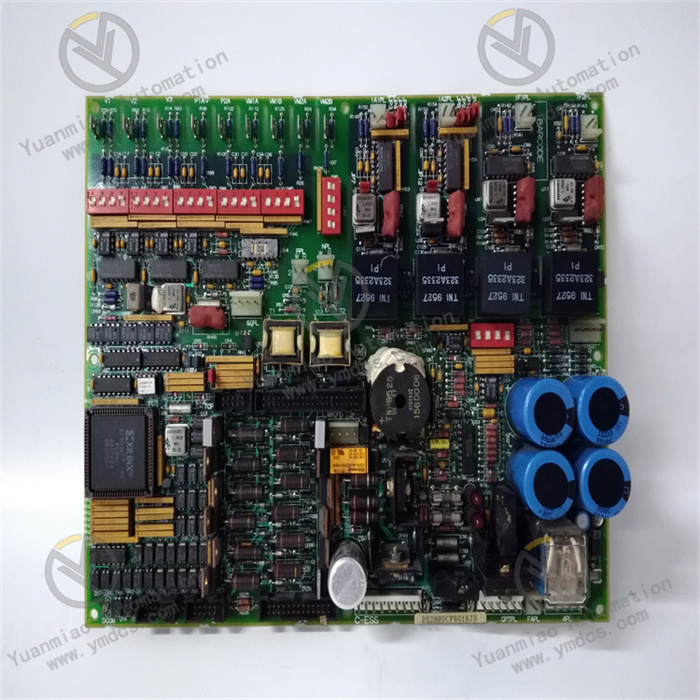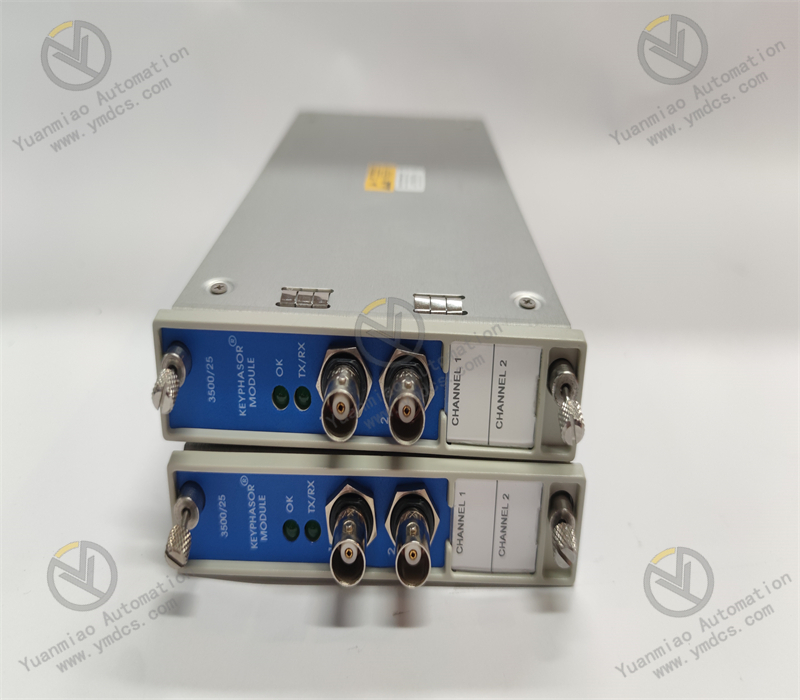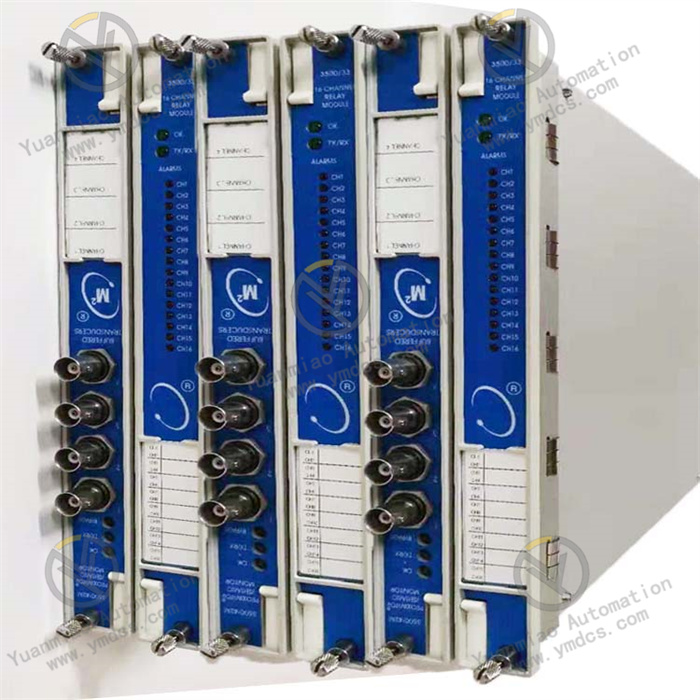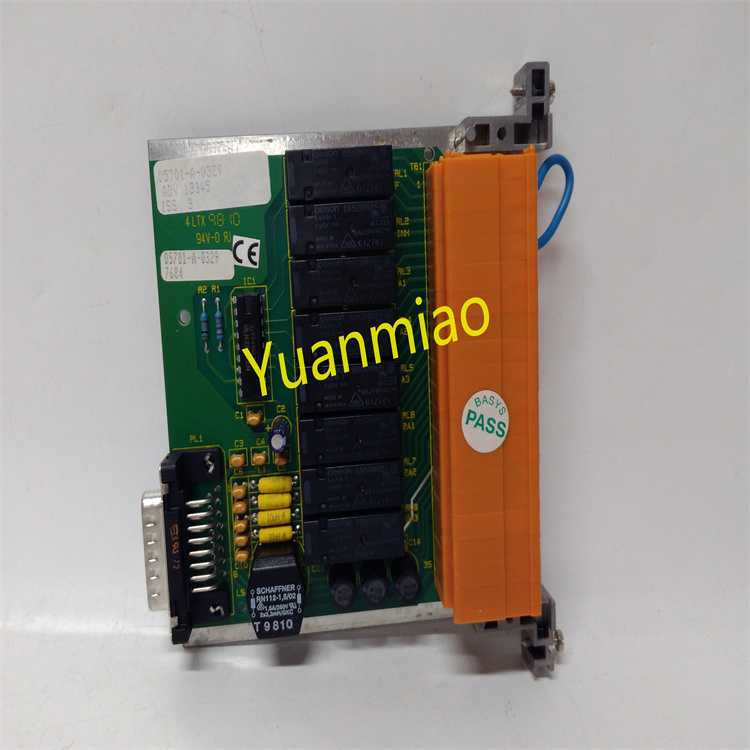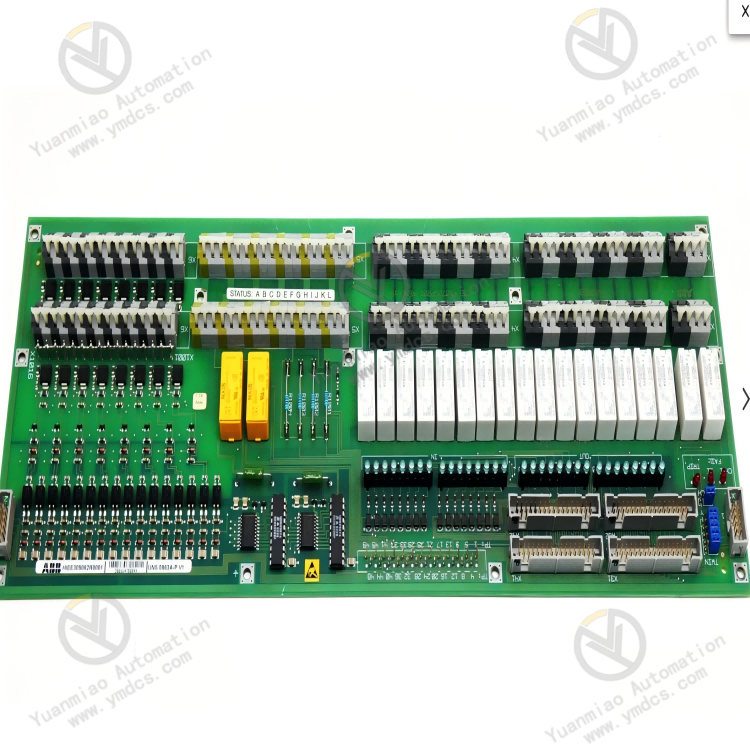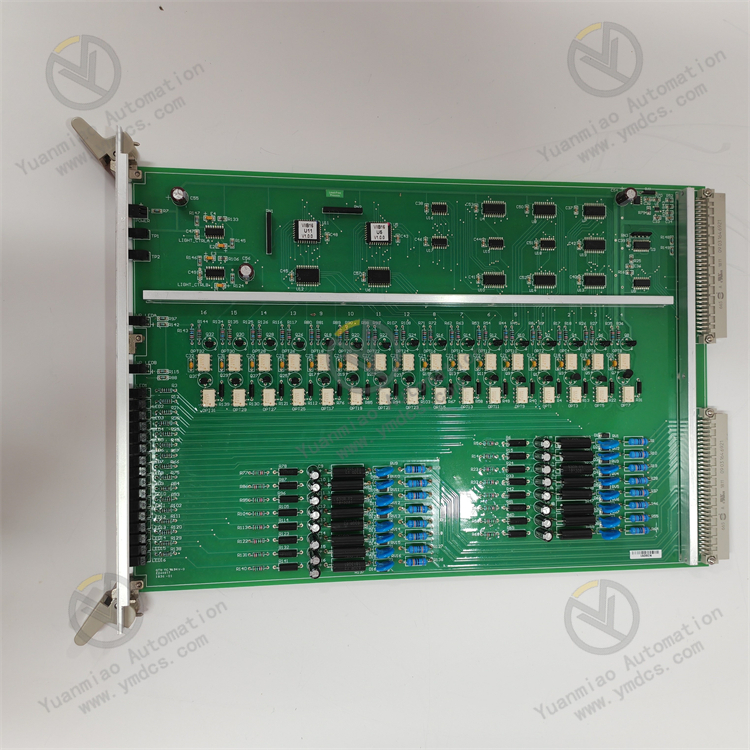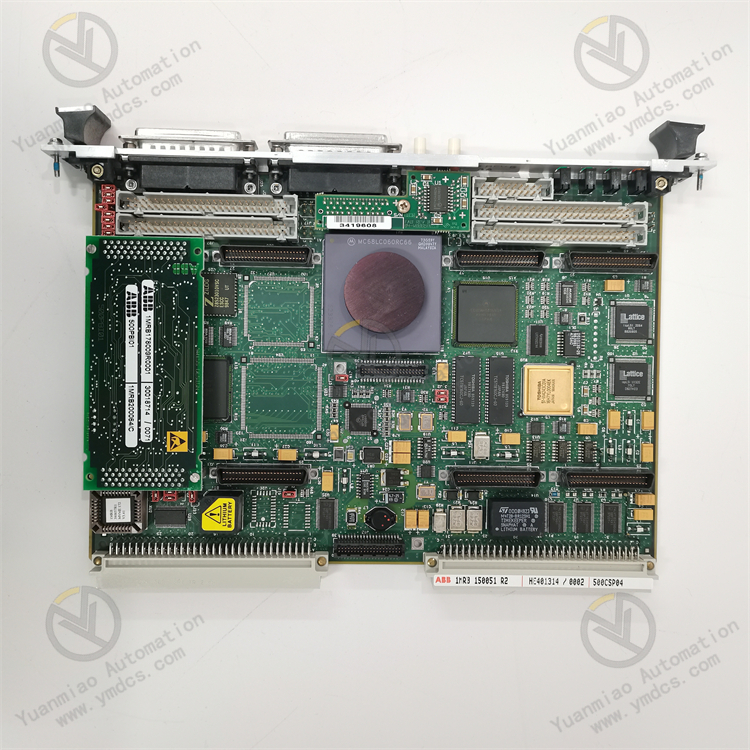Description
GE Fanuc IC693PWR321
I. Product Overview
From the perspective of hardware architecture, this module adopts advanced power conversion circuits and voltage stabilization technologies, featuring high power conversion efficiency and excellent voltage stabilization performance. It can provide a stable output voltage to the load when the external power supply voltage fluctuates, effectively protecting various modules of the PLC system from the impact of voltage fluctuations. It integrates multiple protection circuits internally, such as overcurrent protection, overvoltage protection, and short-circuit protection. In case of abnormal situations, it can quickly cut off the power output to prevent damage to the module itself and connected load equipment, greatly improving the safety and reliability of the system.
In terms of structural design, the module adopts a standardized module structure matching the Series 90-30 PLC system. It has a compact size and can be conveniently installed on the Series 90-30 PLC rack to work collaboratively with other modules. The shell is made of industrial-grade high-strength materials, with good anti-vibration and anti-impact performance, which can adapt to the mechanical environment of industrial sites and ensure the long-term stable operation of the module. At the same time, the module has a reasonable heat dissipation design. Through the metal shell and internal heat dissipation structure, it can timely dissipate the heat generated during operation, avoiding the impact of overheating on power conversion performance.

II. Performance Parameters
Input Power Supply: It supports AC input, with an input voltage range usually of 100-240V AC, 50/60Hz, which can adapt to the power grid voltage standards in different regions and has strong versatility. The input current varies according to the output load, generally being several amperes under full load conditions, and the specific value can refer to the product manual.
Output Power Supply: It can provide multiple DC outputs, with the main output voltages being +5V DC and +24V DC. Among them, +5V DC is mainly used to power core modules such as PLC processors and memories, and +24V DC is mainly used to power external devices such as input/output modules and sensors. The output current of +5V DC can usually reach 10A, and that of +24V DC can usually reach 2A, which can meet the power supply needs of small and medium-sized Series 90-30 PLC systems.
Efficiency and Ripple: The power conversion efficiency is high, usually above 80%, which can effectively reduce power loss and operating costs. The ripple of the output voltage is small, generally within tens of millivolts, ensuring a stable and pure DC power supply for the load and avoiding ripple interference from affecting the normal operation of the PLC system.
Protection Function Parameters: The overcurrent protection threshold can be set according to the output current. When the output current exceeds the threshold, the module will automatically limit the output current or cut off the output; the overvoltage protection threshold is usually 1.2-1.5 times the output voltage. When the output voltage exceeds the threshold, the module will cut off the output; the short-circuit protection has a short response time and can act quickly in case of a short-circuit fault to protect the module and the load.
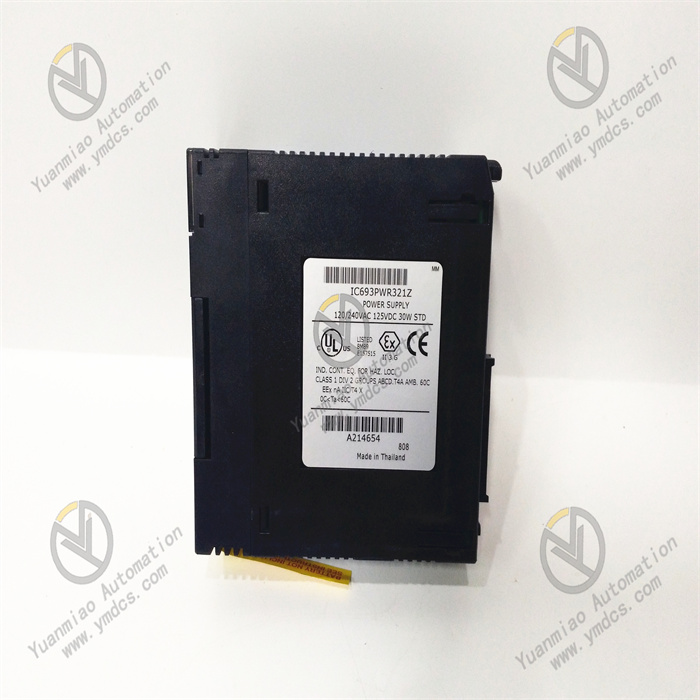
(2) Interface Characteristics
Power Input Interface: Equipped with a standard AC power input interface, using screw terminals or plug connection methods, the wiring is firm and reliable, and easy to install and maintain. A fuse is provided at the interface, which can play a preliminary protection role when the input power supply has faults such as overcurrent.
Power Output Interface: It provides power to other modules through the rack backplane of the Series 90-30 PLC, without the need for additional wiring, simplifying the system's wiring structure. The backplane output interface adopts a reliable electrical connection design to ensure stable current transmission and provide continuous power support for each module.
Power Input Interface: Equipped with a standard AC power input interface, using screw terminals or plug connection methods, the wiring is firm and reliable, and easy to install and maintain. A fuse is provided at the interface, which can play a preliminary protection role when the input power supply has faults such as overcurrent.
Power Output Interface: It provides power to other modules through the rack backplane of the Series 90-30 PLC, without the need for additional wiring, simplifying the system's wiring structure. The backplane output interface adopts a reliable electrical connection design to ensure stable current transmission and provide continuous power support for each module.
(3) Environmental Adaptability
Operating Temperature: The operating temperature range of the module is 0°C to 60°C, which can adapt to the temperature environment of most industrial production workshops. In high-temperature environments, stable output performance can be maintained through good heat dissipation design; in low-temperature environments, the internal circuit can also start and run normally to ensure the continuity of power supply.
Storage Temperature: In the storage state, it can withstand extreme temperatures from -40°C to 85°C, which can meet the temperature requirements of the product in transportation, storage and other links, ensuring that the module can still be used normally after long-term storage.
Anti-Electromagnetic Interference: It meets industrial-grade electromagnetic compatibility standards and has strong anti-electromagnetic interference capabilities. Through internal filtering circuits and electromagnetic shielding design, it can effectively resist electromagnetic interference generated by equipment such as motors and frequency converters in industrial sites, preventing interference signals from being transmitted into the PLC system through power lines and affecting the normal operation of other modules.
Operating Temperature: The operating temperature range of the module is 0°C to 60°C, which can adapt to the temperature environment of most industrial production workshops. In high-temperature environments, stable output performance can be maintained through good heat dissipation design; in low-temperature environments, the internal circuit can also start and run normally to ensure the continuity of power supply.
Storage Temperature: In the storage state, it can withstand extreme temperatures from -40°C to 85°C, which can meet the temperature requirements of the product in transportation, storage and other links, ensuring that the module can still be used normally after long-term storage.
Anti-Electromagnetic Interference: It meets industrial-grade electromagnetic compatibility standards and has strong anti-electromagnetic interference capabilities. Through internal filtering circuits and electromagnetic shielding design, it can effectively resist electromagnetic interference generated by equipment such as motors and frequency converters in industrial sites, preventing interference signals from being transmitted into the PLC system through power lines and affecting the normal operation of other modules.
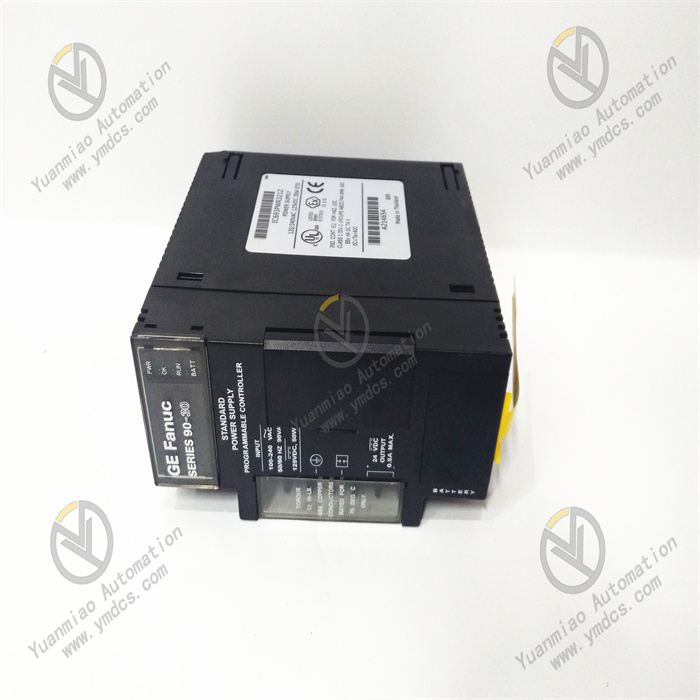
III. Functional Characteristics
The core function of the IC693PWR321 module is to realize stable conversion from AC to DC and provide reliable DC power for each module of the Series 90-30 PLC system. It can convert fluctuating AC input into stable +5V DC and +24V DC outputs. No matter how the external grid voltage changes, it can ensure the accuracy and stability of the output voltage, providing a solid power foundation for the normal operation of the PLC system. Even when the load changes, the module can quickly adjust the output to maintain voltage stability, ensuring that the work of each module is not affected.
(2) Multiple Protection Functions
The module is equipped with complete multiple protection functions, which is an important barrier to ensure the safe operation of the PLC system. When output overcurrent occurs, the overcurrent protection circuit will act quickly to limit the output current or cut off the power supply, preventing damage to the module and related equipment due to excessive load; when the output voltage exceeds the set threshold, the overvoltage protection function will cut off the output in time to avoid damage to the load module caused by high voltage; in case of a short-circuit fault, the short-circuit protection function will respond instantly to cut off the power output and prevent the fault from expanding. In addition, the module may also have an over-temperature protection function. When the module temperature is too high, it will automatically reduce the output power or stop working, and restart after the temperature returns to normal.
The module is equipped with complete multiple protection functions, which is an important barrier to ensure the safe operation of the PLC system. When output overcurrent occurs, the overcurrent protection circuit will act quickly to limit the output current or cut off the power supply, preventing damage to the module and related equipment due to excessive load; when the output voltage exceeds the set threshold, the overvoltage protection function will cut off the output in time to avoid damage to the load module caused by high voltage; in case of a short-circuit fault, the short-circuit protection function will respond instantly to cut off the power output and prevent the fault from expanding. In addition, the module may also have an over-temperature protection function. When the module temperature is too high, it will automatically reduce the output power or stop working, and restart after the temperature returns to normal.
(3) Status Monitoring and Indication Function
The module is equipped with intuitive status indicator lights, which is convenient for technicians to monitor the operation status of the module in real-time. Usually, there are power indicator lights, +5V DC output indicator lights, and +24V DC output indicator lights. The power indicator light is on, indicating that the module has been connected to AC power and is working normally; the +5V DC and +24V DC output indicator lights respectively indicate the output status of the corresponding voltage, and the light being on indicates that the output of this circuit is normal. When the module fails, such as overcurrent, overvoltage, short circuit, etc., the corresponding fault indicator light will be on, and technicians can quickly judge the fault type according to the status of the indicator light, shortening the fault troubleshooting time.
The module is equipped with intuitive status indicator lights, which is convenient for technicians to monitor the operation status of the module in real-time. Usually, there are power indicator lights, +5V DC output indicator lights, and +24V DC output indicator lights. The power indicator light is on, indicating that the module has been connected to AC power and is working normally; the +5V DC and +24V DC output indicator lights respectively indicate the output status of the corresponding voltage, and the light being on indicates that the output of this circuit is normal. When the module fails, such as overcurrent, overvoltage, short circuit, etc., the corresponding fault indicator light will be on, and technicians can quickly judge the fault type according to the status of the indicator light, shortening the fault troubleshooting time.
(4) Efficient Heat Dissipation Function
To ensure the stability of the module during long-term full-load operation, the IC693PWR321 module adopts an efficient heat dissipation design. The module shell is made of metal materials with good thermal conductivity, and the internal power devices are in close contact with the shell to facilitate heat conduction. At the same time, the module may be equipped with heat sinks or heat dissipation channels inside to increase the heat dissipation area and improve heat dissipation efficiency. This heat dissipation design can effectively reduce the working temperature of the module, avoid performance degradation or service life shortening due to overheating, and ensure the long-term reliable operation of the module.
To ensure the stability of the module during long-term full-load operation, the IC693PWR321 module adopts an efficient heat dissipation design. The module shell is made of metal materials with good thermal conductivity, and the internal power devices are in close contact with the shell to facilitate heat conduction. At the same time, the module may be equipped with heat sinks or heat dissipation channels inside to increase the heat dissipation area and improve heat dissipation efficiency. This heat dissipation design can effectively reduce the working temperature of the module, avoid performance degradation or service life shortening due to overheating, and ensure the long-term reliable operation of the module.
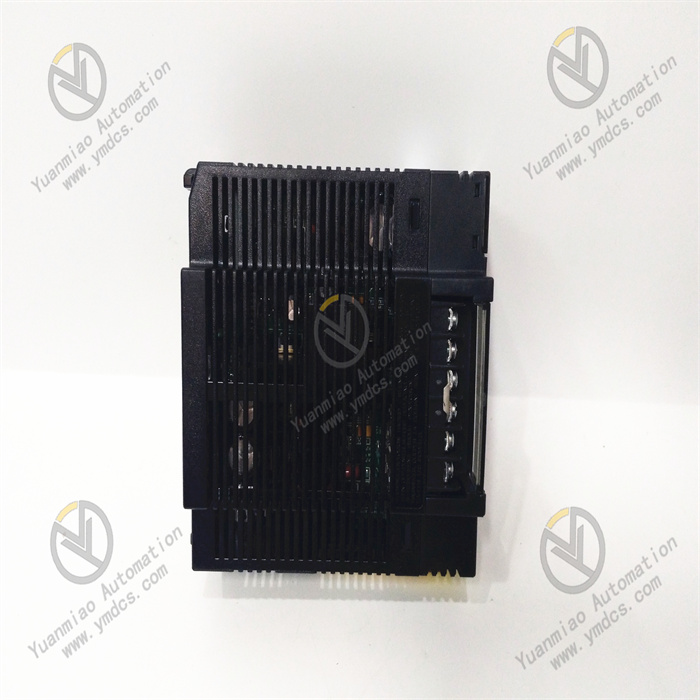
IV. Installation Steps
Module Installation: Align the IC693PWR321 module with the power module slot of the Series 90-30 PLC rack, push it in smoothly along the guide rail until the module is in close contact with the rack backplane. Use the fixing screws on the module to firmly fix it on the rack to prevent loosening due to vibration during operation, which may affect power transmission and module stability.
Power Connection: According to the input interface identification of the module, connect the AC power cable to the power input terminal of the module. When wiring, ensure that the live wire, neutral wire, and ground wire are connected correctly, and the wires are firmly connected to the terminals to avoid loosening or poor contact. After connection, check whether the wiring is correct to ensure there is no short circuit or open circuit.
Power-On Test: After completing the installation and wiring, turn on the AC power and observe whether the power indicator of the module is on. If the power indicator is on normally, check whether the +5V DC and +24V DC output indicator lights are on, indicating that the corresponding voltage output is normal. A multimeter can be used to measure the output voltage value to confirm whether it is within the specified range, so as to verify whether the output performance of the module is normal.


